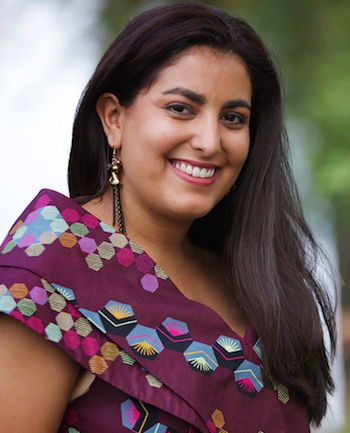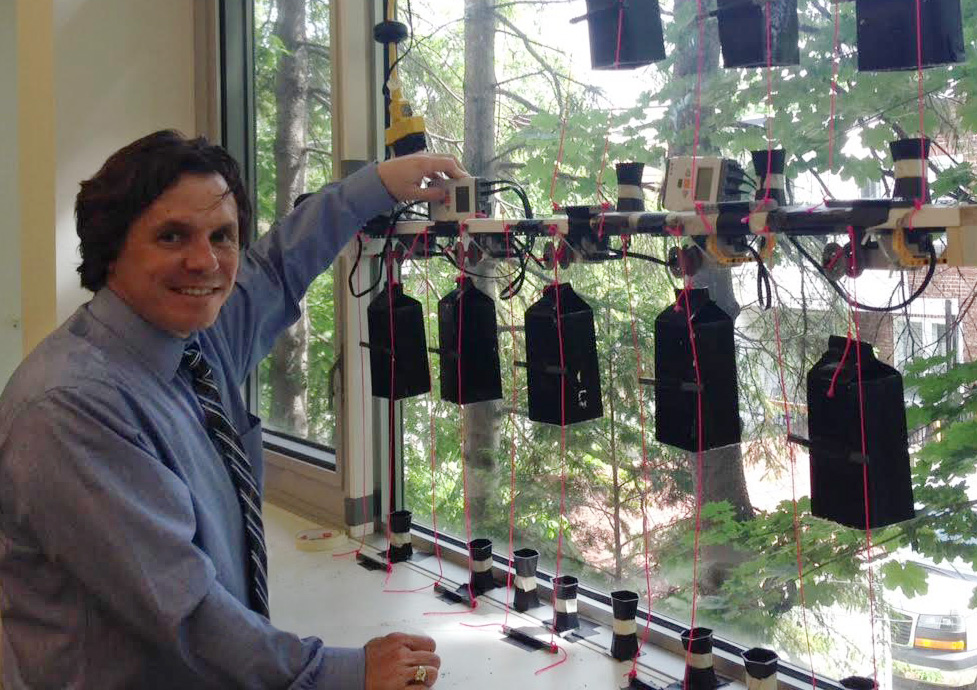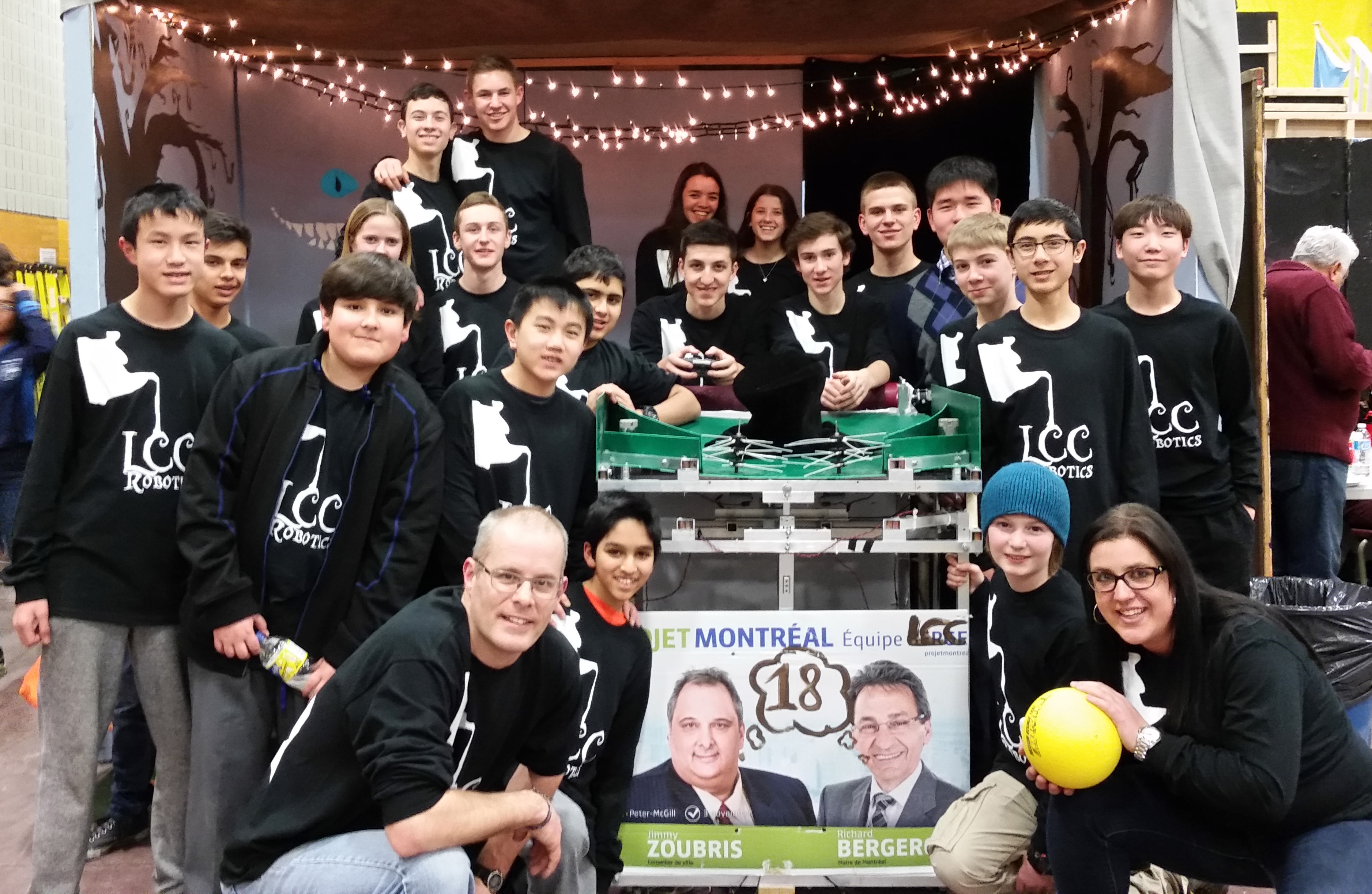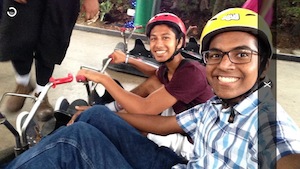 My host buddy from India, Arvind, and I woke up with a jolt from a crash of thunder! We really hoped that it wouldn’t rain during our outing with our host family that afternoon. We freshened up, changed into our Round Square Conference T-shirts and packed what we needed for the long day ahead.
My host buddy from India, Arvind, and I woke up with a jolt from a crash of thunder! We really hoped that it wouldn’t rain during our outing with our host family that afternoon. We freshened up, changed into our Round Square Conference T-shirts and packed what we needed for the long day ahead.
A van ordered by the host families in our condo was to take the 14 of us, students from India, Canada, Columbia, Germany, Switzerland, Kenya, and Singapore, to United World College, where the conference was being held.
Upon our arrival, we separated ourselves into our Barazza groups, with whom we’d spend most of our time for the learning part of the Round Square Conference. With the help of my team leaders, Molly and Sid, we learned a logical way of breaking down an issue into four parts: 1) the mental model, 2) the systems and structure, 3) the patterns of behaviour and 4) the event itself. Once we understood how to look at a problem as a system, we focused on where in the system to intervene to find a long-term solution to the problem.
After we finished our Barazza session at around 11:00 am, all of us were dismissed to spend the rest of the day with our host families. My host family planned to take me and Arvind to the popular Sentosa Island resort at the southernmost tip of Singapore with its own universal studios, sky ride, luge, and beach. It was a 30-minute drive until we reached the island.
There, we met up with my friend Ameera and her host family. First, we all took two luge rides down the mountainous island. The Skyline Luge company has five international locations, one of which is in Quebec. But in my opinion, the short luge route on Sentosa Island didn’t compare to the lengthy and steep route on Mont Tremblant. Nevertheless, it was fun!
Next, we took a bus to a popular beach on the island. People were playing volleyball, swimming, and flying kites. I tried playing some basketball with Arvind’s brother, but within 10 minutes, we were completely out of breath and had to stop. I’ve never been asthmatic, but in Singapore’s hazy air conditions, I got a pretty good idea of how it would feel.
We ate a pleasant dinner at a pizza restaurant, adjacent to the serene harbour. Later that evening, we took a ride on a ski lift around the island. As we skimmed the treetops, the breathtaking skyline of Singapore became visible. We could also see the florescent domes of Marina Gardens. We almost came within arm’s reach of the iconic Tiger Sky Tower. A combination of its impressive height and hypnotic, pulsing, multicoloured lights decorated the dark night sky like a Christmas tree. It was an unforgettable sight indeed, which marked the end of our day at Sentosa.
On our way back to our luxurious condo, we passed by the Marina Bay Sands Hotel, and drove through the Marina Coastal Expressway (MCE). The MCE is a 5 kilometre-long underground tunnel that travels under the seabed, connecting western parts of Singapore to the new downtown. They made the smart decision to construct this tunnel underwater instead of building a bridge over water to prevent the possibility of monsoons damaging the infrastructure.
In the car, Arvind and I talked to our host father about the haze in Singapore at this time of the year. Lately, PSI levels had risen to such dangerously high levels that school was cancelled. In Indonesia, they use the slash-and-burn farming technique. Big corporations cut down palm trees for palm oil, and then burn large amounts to clear land for farming other crops. They use the burnt plant matter as fertilizer, but the undesirable smoke bi-product makes its way up to Malaysia and Singapore. The Singapore government is working on solutions to this problem, but the truth is that there is no “them vs. us” scenario. In reality, many companies that contribute to this practice are based in Singapore.
On a lighter note, I’m glad that we got this opportunity to get to know our host family and really get the unique Singapore experience.
– Kameel Khan ’16
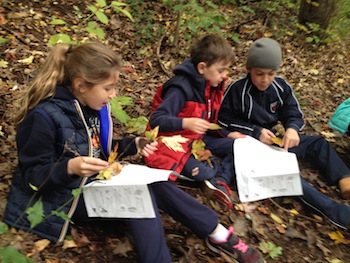 Les élèves de 3e année, dans le cadre du programme de science et technologie, participent cette année au Projet semences d’avenir. Cette activité est organisée par les Amis de la montagne, une association à but non lucratif qui vise à sauvegarder et à valoriser la faune et la flore que l’on retrouve sur le Mont-Royal.
Les élèves de 3e année, dans le cadre du programme de science et technologie, participent cette année au Projet semences d’avenir. Cette activité est organisée par les Amis de la montagne, une association à but non lucratif qui vise à sauvegarder et à valoriser la faune et la flore que l’on retrouve sur le Mont-Royal.
